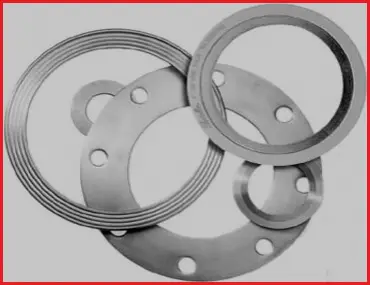
Spiral Wound Gasket
Pipeline Solutions Pvt. Ltd. manufacture top quality Spiral Wound Gasket that are produced using top notch segments and quality affirmed crude materials. They are tough and powerful in development. Clients can get our modern Spiral Wound Gaskets in conservative outlines. They are made under the direction of our gifted specialists. Customers can profit the fastidious gaskets at focused costs.
Features :
- Sturdiness nature
- Water resistance
- Low maintenance
Spiral Wound Gaskets are semi metallic products intended for high weight and temperature application. This kind of Gaskets can be utilized as a part of all weight from vacuum to the standard 2500 psi flange rating. An assortment of types of the Gaskets is accessible and can be made in an assortment of materials or sizes to suit the prerequisites.
The Spiral Wound Gaskets are made out of a metallic ceaseless stripe with an extraordinary molded profile, combined with a persistent filling stripe (Asbestos, PTFE, Grafoil, Ceramic and so on) equitably twisted in concentric winding under steady stretch. The Spiral Wound Gaskets are fortified on the inward and external diametre by twisting of a few electrically welded winding metal as it were.
Materials available
| METALS | FILLERS |
|---|---|
| Type 304 Stainless | Compressed Asbestos Jointing Strips |
| Type 316 Stainless | P. T. F. E. Sintered Strip |
| Aluminium | Asbestos paper |
| Copper | White Chrysotile Asbestos |
| Monel | Blue African Crocidolite |
| Steel, Plain | GRAFSEAL |
| Steel, Zinc Coated |
Gasket Thickness available
| NOMINAL | ACTUAL |
|---|---|
| 1/8" (3.2 mm) | .125" ± .005" (3.2 mm) |
| 3/16" (4.8 mm) | .175" ± .005" (4.5 mm) |
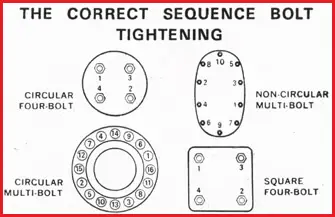
Dimesnsion Chart
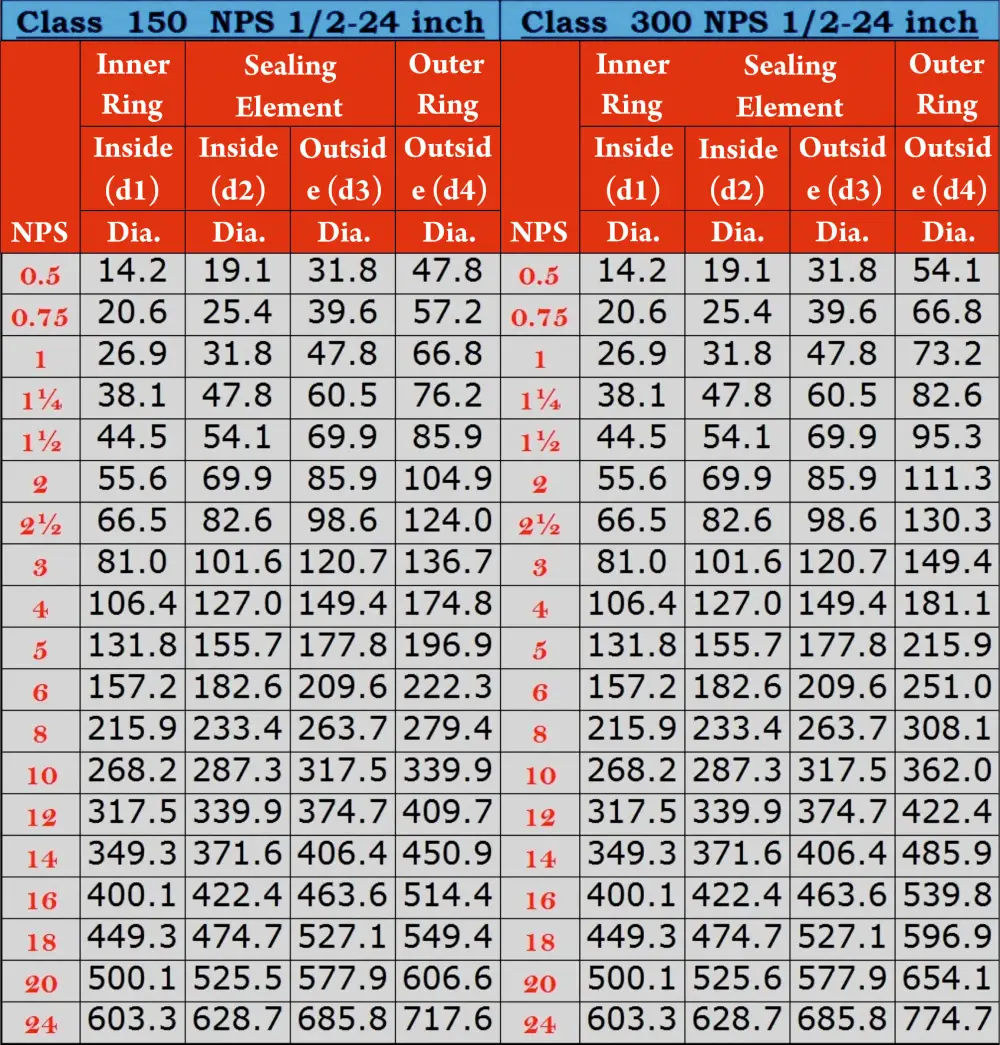
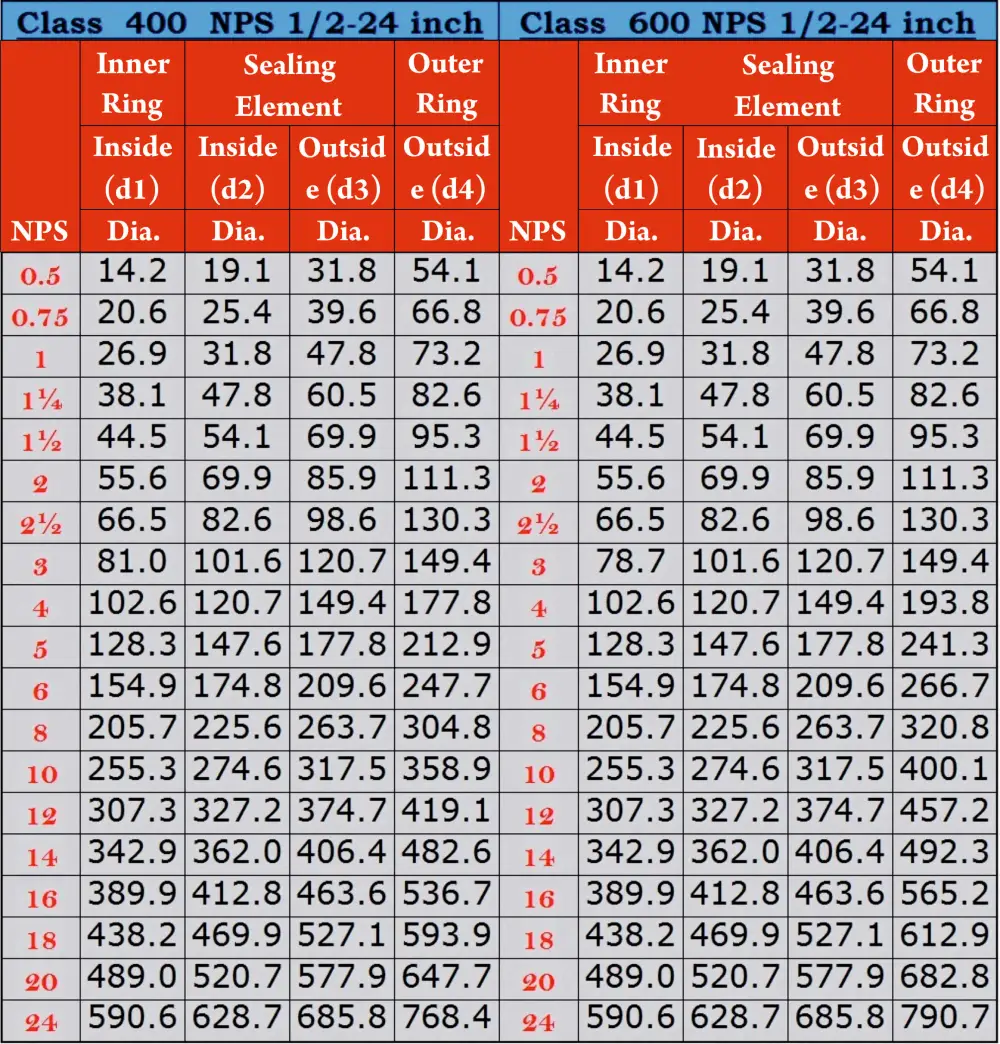
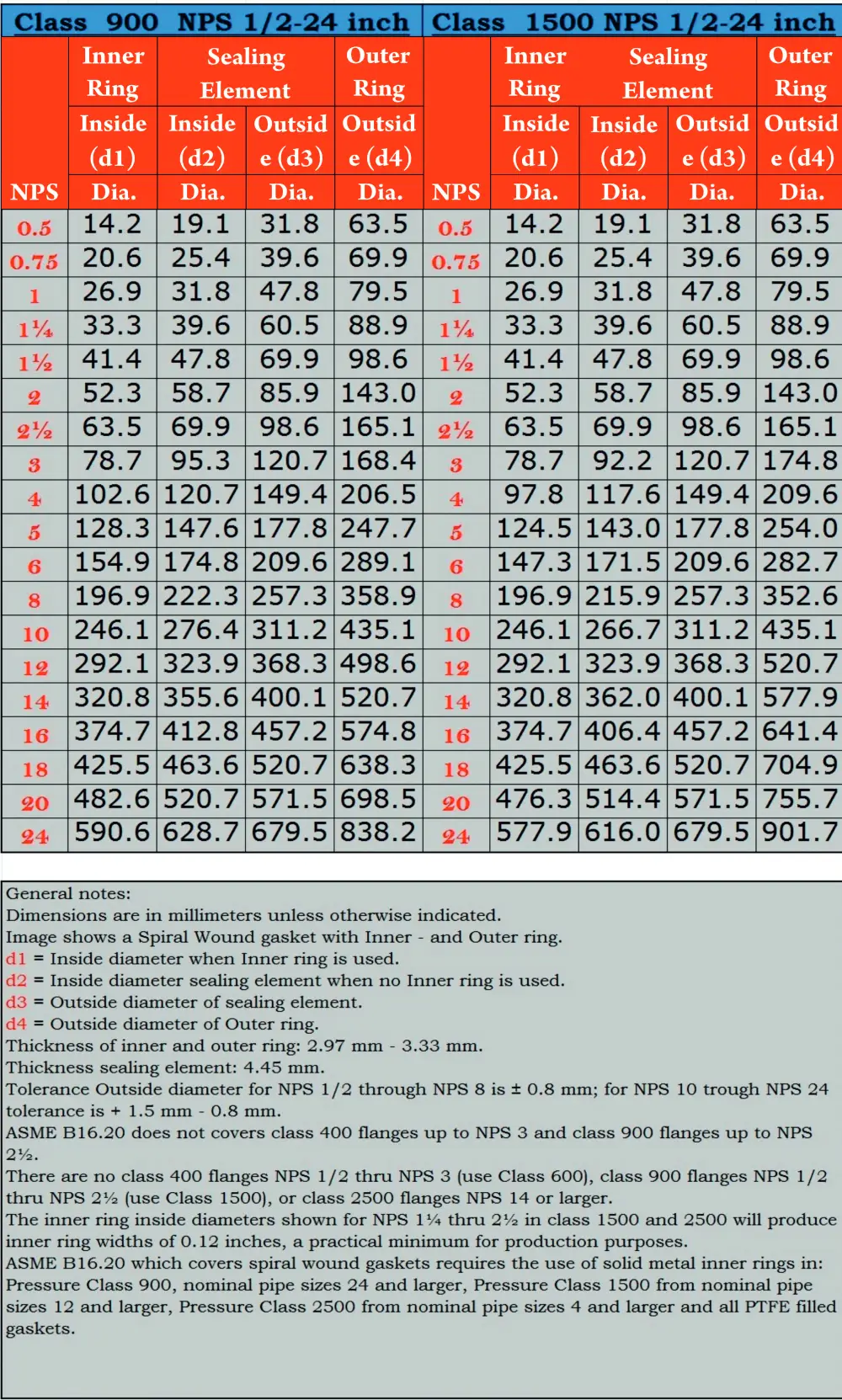
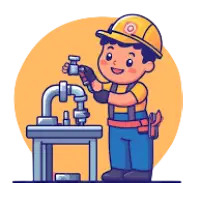
Faqs
A threaded bar, also known as a stud or all-thread, is a long rod that is continuously threaded from end to end. It is commonly used in construction, infrastructure, and fastening applications where strong connections are required.
Threaded bars are usually manufactured from stainless steel, carbon steel, galvanized steel, or alloy steel, depending on the strength, corrosion resistance, and application requirements.
They are widely used in construction, machinery, automotive, plumbing, electrical, and structural applications. Typical uses include anchoring, bracing, suspending, and joining heavy components.
